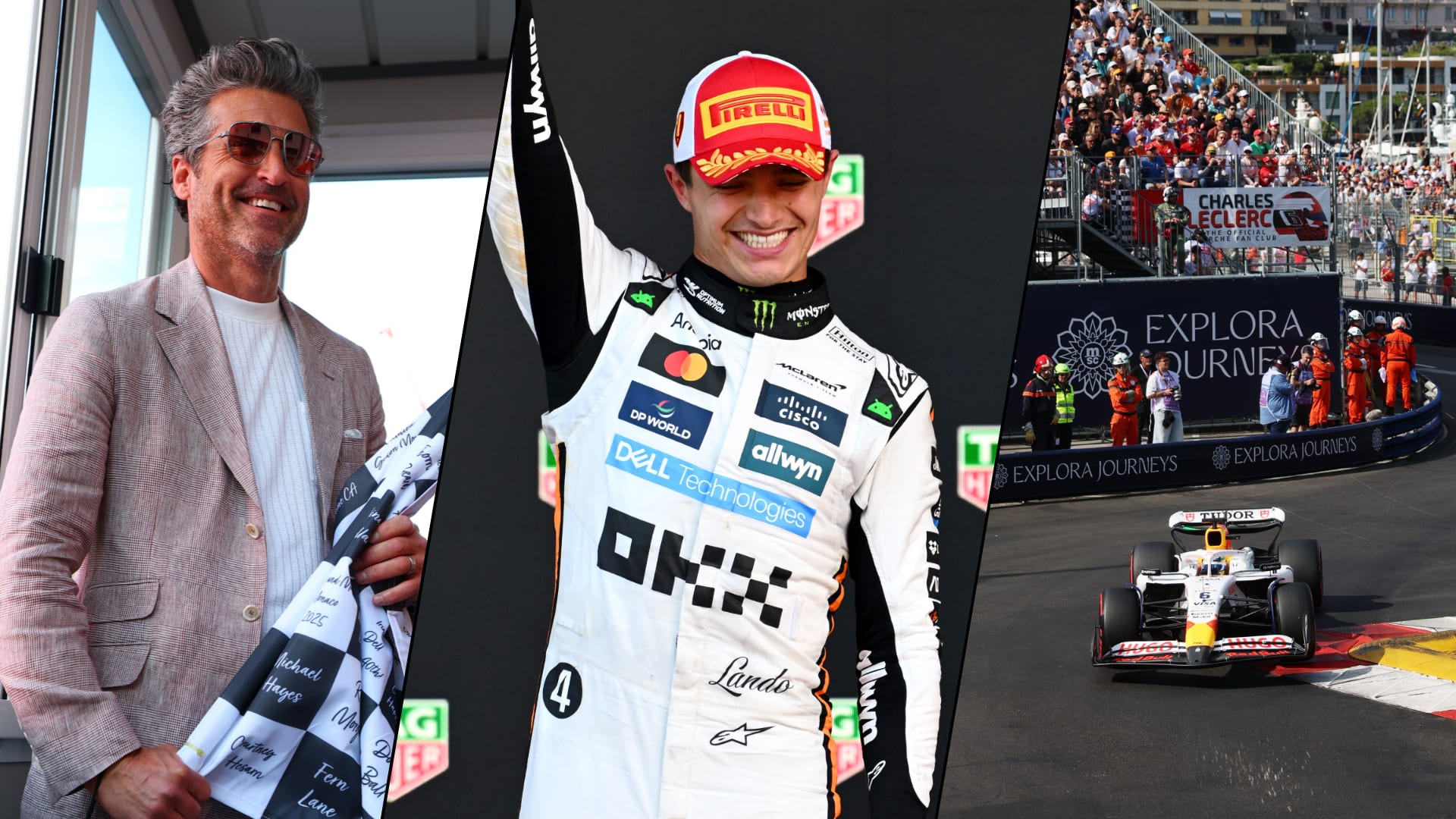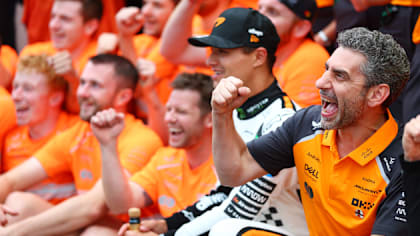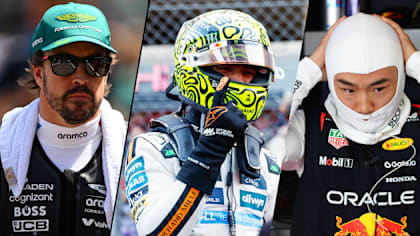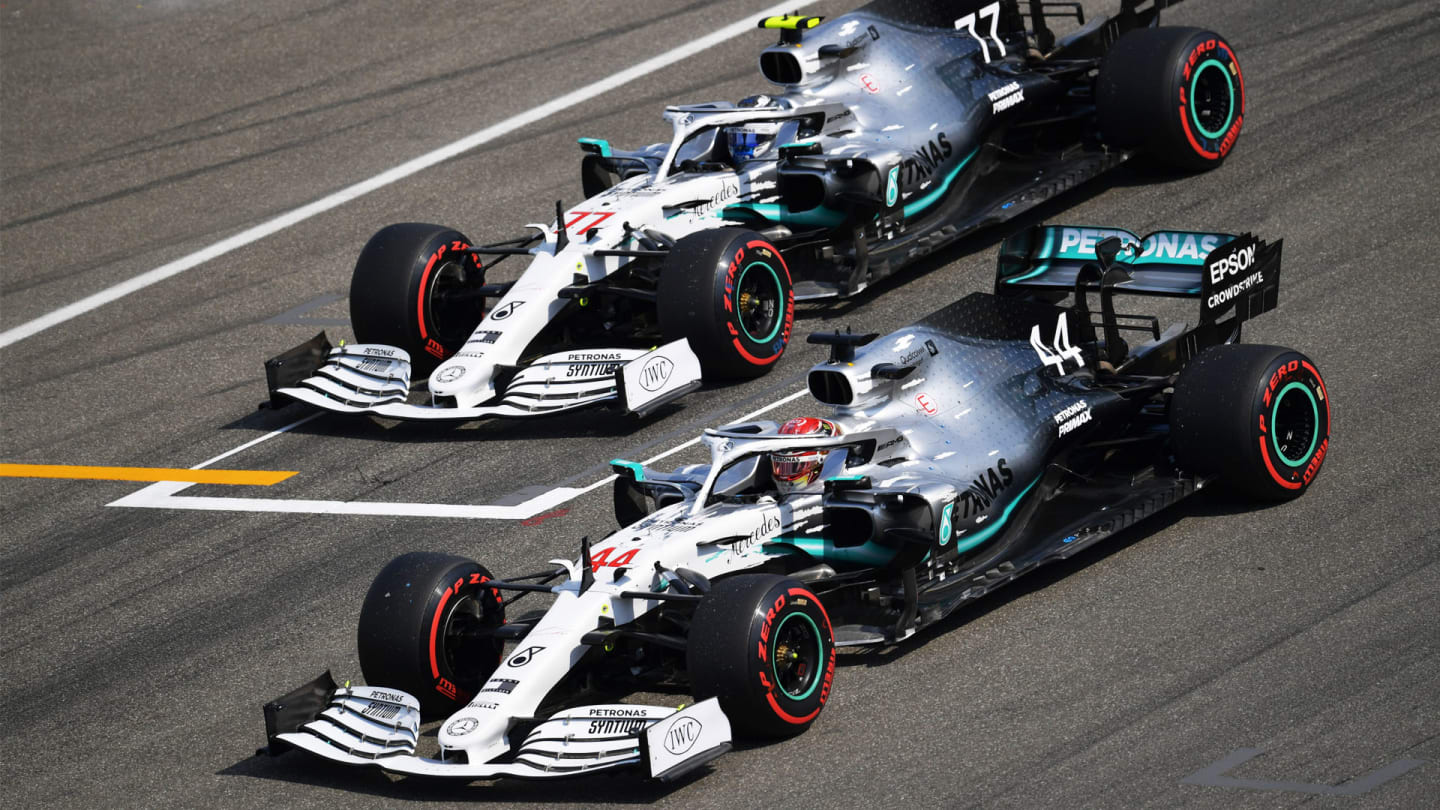
30 May - 01 June
Technical
TECH TUESDAY: Analysing Mercedes’ Hockenheim upgrade - and why it matters for Hungary

Share

Hockenheim saw major aerodynamic upgrades from two teams, Mercedes and Racing Point. The second part of the Racing Point upgrade is expected to appear at the Hungaroring this weekend and so is perhaps best considered all together at that time.
But the Mercedes update arrived in Hockenheim not only complete but incorporating two different cooling packages, one of which was used in the extreme heat of Friday, with what will be the standard package then fitted from Saturday onwards.
The aero upgrade and the cooling package should be considered as two separate developments...
Aero upgrade
The aero upgrade package comprised new front wing (shown below), bargeboards, floor and rear wing endplates. The two upper elements of the front wing have been made less deep, bringing a reduction in the total depth of the wing at the outboard ends. This has brought the trailing edge of the top element much further forward relative to the trailing edge of the endplate.
This creation of space between the rearmost element and the front wheel will have the effect of enhancing the outwash of airflow around the wheel, moving away slightly from the extreme that Merc’s original full-depth wing represented. A small detail change can be seen in a new cut-out slot at the back of the endplate’s foot section and this is likely creating a small vortex that enhances the outwash effect of the new element arrangement.
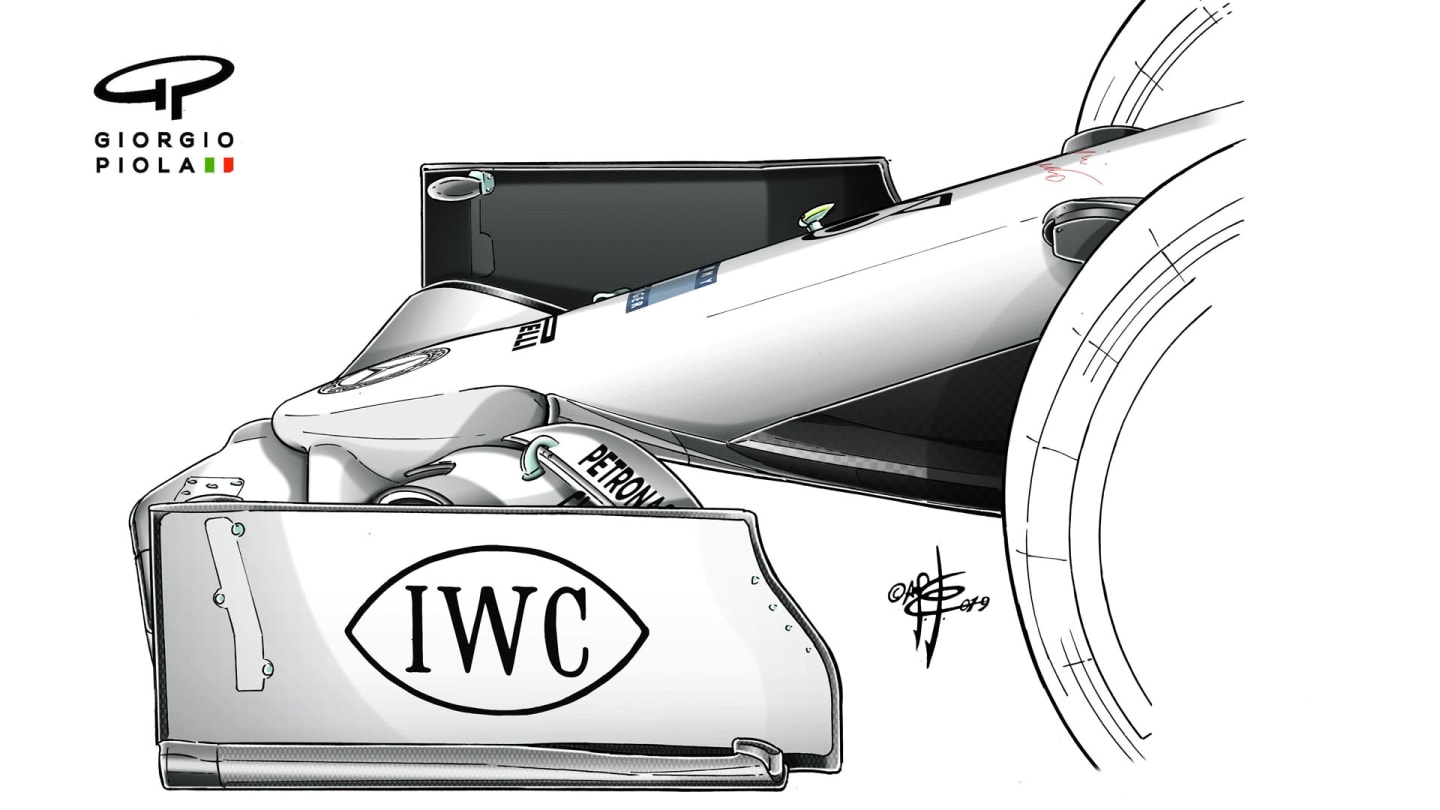
Moving back from there, the barge board vanes have been re-angled and reshaped – not in a way that visually tells us what the effect will be, but which will be part of the reworked flow from the new front wing package. Now that outwash airflow is getting more boost from the front wing, so it will have allowed more manipulation of the inboard flow.
The sidepods have been subtly reshaped to give slightly bigger radiator inlets. They now extend outwards, with a slight outward angle as viewed from above, so as to give a greater air capture. Mercedes realised as early as winter testing that the cooling capacity was not as great as had been hoped and had spent some time trying to speed up the throughput of air to compensate before it became apparent that there was no alternative but to increase the radiator size.
READ MORE: The upgrade that could turn Williams' season around
Taking more of the flow over the front wing outwards (the outwash) will have freed up some air pressure that can be usefully devoted to the inboard flow through the barge boards and down the body sides, so going some way to compensating for the greater blockage of the bigger radiators. This downforce creation will come at the cost of extra drag, however, and there has been a concerted effort, with the rear wing endplate design, to claw back some of that drag increase.
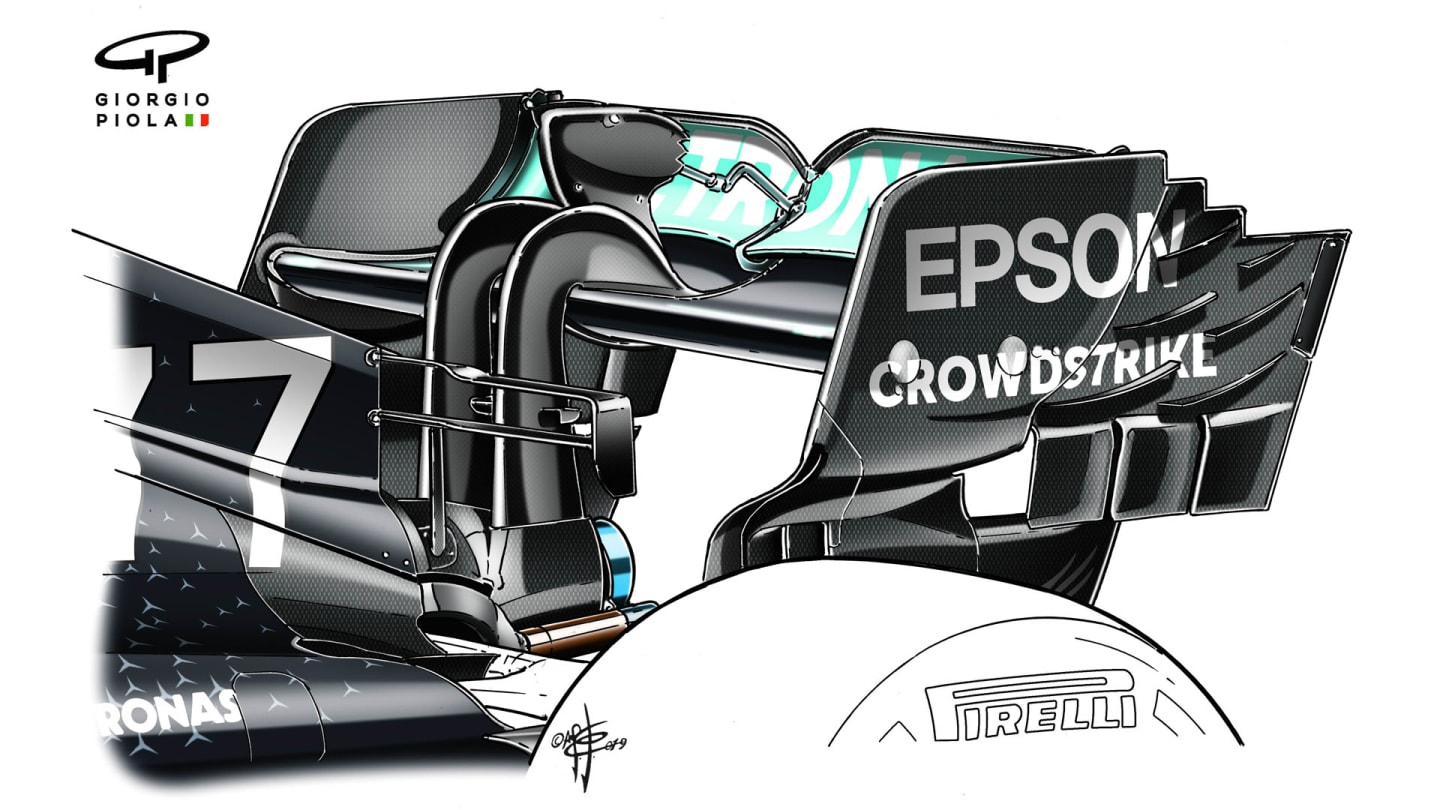
The draggiest part of a rear wing is the outboard tip where big drag-inducing vortices form off the corner. In some parts of the car vortices are an aerodynamicist’s friend and are deliberately induced to speed up airflow. But in others – such as the rear wing tips – they are a negative, adding drag without adding downforce.
The new rear wing endplate shown above features a staircase-style of six small vortex generators, sweeping upwards towards the end tip of the wing. It’s probable that these smaller vortices will have the effect of breaking up the bigger drag-inducing vortex off that wing corner.
Cooling package
Within the new aero upgrade, there was an extreme cooling package and a standard one used on Friday and Saturday onwards respectively.
The extreme package features more fully open outlets aft of the cockpit. The standard version has a less aerodynamically-disruptive slot opening behind a less open main outlet. At the back, the extreme version has more space between the crash structure and bodywork to allow the hot air to escape.

As F1 now heads to Budapest, traditionally one of the most demanding tracks for cooling on the calendar because of the combination of summer heat and short straights, Mercedes will be seeking to learn more about their new aero package – but now at least with the consolation of being adequately cooled.
YOU MIGHT ALSO LIKE
News ‘This is just the start’ – Stella backs Norris to hit top form after ‘cold blood’ Monaco victory
FeatureF1 Unlocked 5 Winners and 5 Losers from the Monaco Grand Prix – Who gambled and got lucky around the streets of Monte Carlo?
News ‘It was the only option’ – Verstappen explains alternate tyre strategy in Monaco after going from P1 to P4 on final lap
Podcast F1 NATION: Norris back on top as Racing Bulls deliver a strategy masterclass – it’s our Monaco GP review
